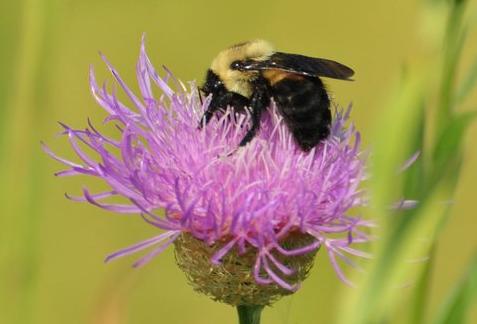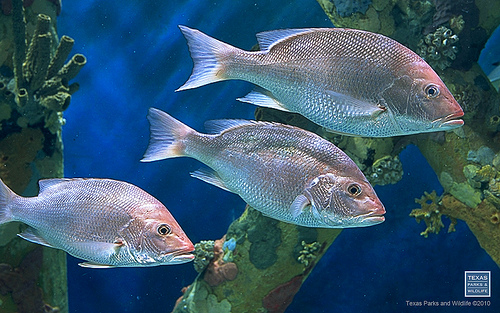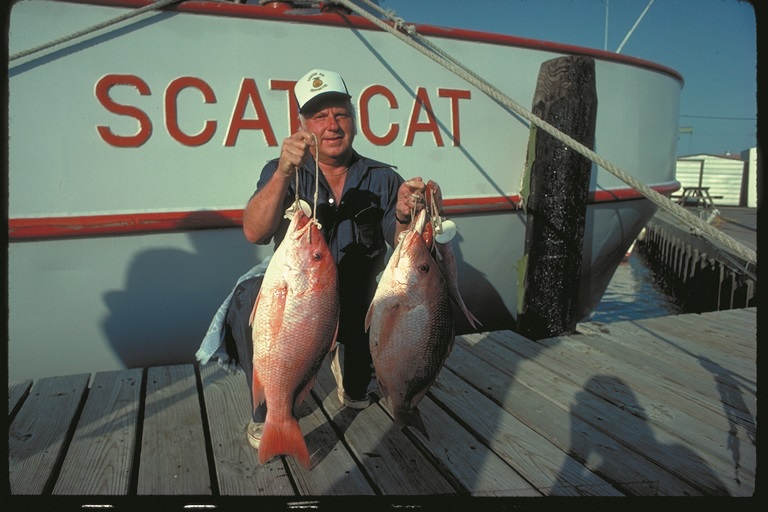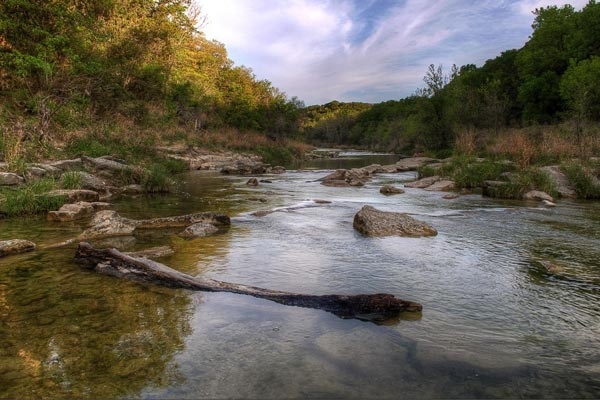Wildlife: Texas Bumblebees
Thursday, July 17th, 2014This is Passport to Texas
[SFX—buzzing]
Bumblebees are the bomb—or per their genus: bombus. Texas has nine native species of this big, slow-flying, black and yellow insect. They’re effective pollinators of our native plant species, and many food crops, too.
This is the time of year when they start to wind down.
18— At the end of the summer, the queen that started the colony gives birth to new queens. The old queen dies and all her workers die. But the new queens mate, find a hole in the ground, spend the winter there, come back out in the spring, and she starts a whole new colony.
Michael Warriner… an invertebrate biologist with Texas Parks and Wildlife… tells us how this queen bee does it.
36— In early spring—February and March—the new queen comes out, and she’s foraging. [She] finds a nest site, and she starts making what’s called a “honey pot.” It’s a little waxen thimble, and she fills that with food. Then she accumulates pollen and makes a big pollen ball. Then she lays eggs, and she stays there [tending to the nest and larvae tht hatch]. And those are her first workers. Once her first worker daughters mature, she stays there [in the nest] full time—her main business is laying eggs. But, getting started is pretty much all on her: getting all the food and having the reserves to stay put and raise that first batch [of young].
Learn more about Texas Bumblebees at Texasbumblebees.com.
That’s our show for today… Funding provided in part by Ram Trucks. Guts. Glory. Ram
For Texas Parks and Wildlife, I’m Cecilia Nasti.






 Passport to Texas is a
Passport to Texas is a  Passport to Texas is made available by:
Passport to Texas is made available by: